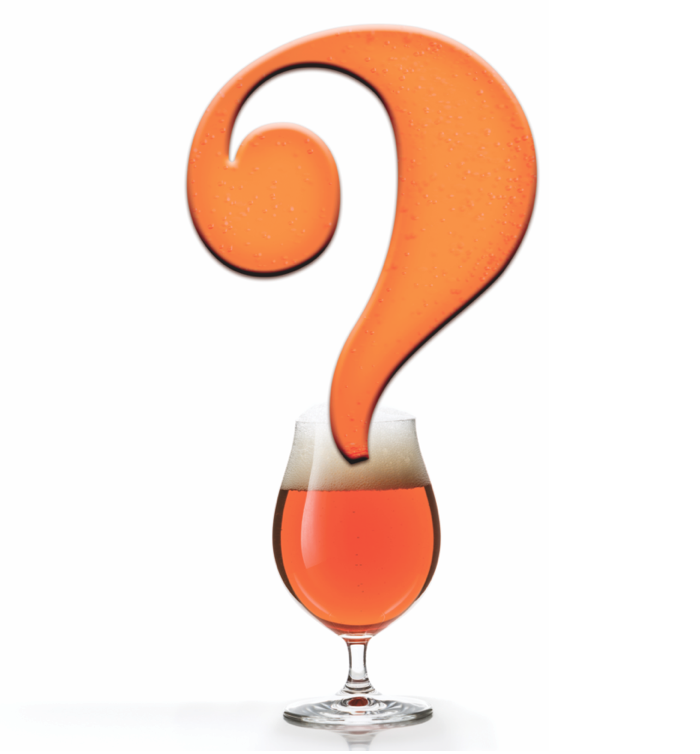Priming A Keg With Sugar
Q: When using priming sugar in a keg, as opposed to bottles, do you need to reduce the amount of sugar? Some blogs suggest by one third.
— Ian Woodman • Bradford, England
A: This is one of those rules of thumb that always makes me scratch my head. Bottle, keg, and tank- conditioned beers all contain carbon dioxide from a combination of the CO2 remaining in beer following fermentation plus the CO2 derived from secondary fermentation. Assuming that bottles, casks, and tanks all scale up proportionally, the vessel size in which beer carbonates has no effect on carbonation level when the same priming rate is used. For example, 10 grams of dextrose added to 1 liter of beer will always yield about 4.9 grams of carbon dioxide per liter beer when fully fermented during secondary.
But bottles, casks, and tanks do not scale proportionally because these different types of beer containers have different headspace volumes. A half-liter, flip-top beer bottle has a gross volume of about 510 mL, equating to 2% headspace. My 5-gallon Corny keg has a net capacity of about 19 L with 740 mL of headspace; that translates to about 4% headspace (this is voided though if you pressurize the headspace of your Corny to properly seal the lid shut). Most lagering tanks in commercial breweries have at least 10% headspace and cylindroconical fermenters usually have about 30% headspace. The assumption that a vessel is a vessel is clearly not true. So, how does this factor into the rule of thumb that keg-conditioned beer should be primed at a reduced rate compared to bottles?
If the objective is to produce the same volume of CO2 per vessel volume, this rule of thumb is backwards because priming rate increases with headspace volume. No argument that this rule of thumb has been around for decades. Why? My take has always been that bottled beers with between 2.5–3.0 volumes of CO2 (5–6 g/L) pour nicely with a proper crown of foam. But, when these same beers are dispensed on draft, care must be taken to prevent excess foaming; truth is, that it’s much easier to pour draft beer with less CO2. Not the most exciting revelation, but an explanation of why draft beer sometimes contains less carbonation than the bottle equivalent. The other thing to consider is that much of what we do in homebrewing is rooted in British brewing because homebrewing as we know it today spread from the U.K. to the U.S. in the late 60s, and cask ales, with low CO2, ruled supreme during that time.
If your preference is to condition by secondary fermentation, you are going to be a happier brewer if you are able to measure or weigh the amount of beer you are conditioning and calculate the dosage rate of priming sugar accordingly. If this is not practical or seems too chemistry lab for you, my go-to suggestion is to over-prime in a keg and control carbonation level with a spunding valve.



